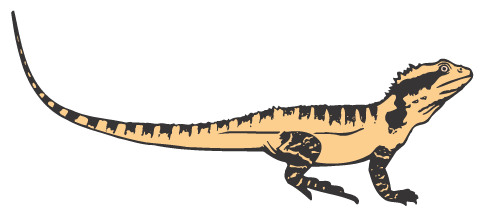MCCG member Ed Fraser reports that he has double the number of birds visiting his property at the moment than usual.
He has graciously shared some wonderful photos of egrets visiting his dam (see below).
Ed reports that currently all four White Egret species, all in breeding plumage, are visiting his property for the first time – ie: the Great Egret, Intermediate Egret, Cattle Egret and the Little Egret.
It is very rare indeed to see the Little Egret as far inland as Brookfield and Ed has never seen this species on his property. It is very much a coastal bird.
Why are they visiting?
We can only speculate that it is due to the drought.
Food and water sources for Australian wildlife are ultimately determined by rainfall.
Many regions in eastern and inland Queensland, NSW and Victoria are registering a marked decrease in rainfall since 1994.
Could it be that the Little Egret, in its current search for nourishment, is being drawn to large expanses of water, inland or coastal, such as Gold Creek Dam and Ed’s dam?
We would love to hear any theories from birders, or similar stories from local residents who are seeing changes in bird visitors and their behaviour.
If you have something you’d like to share, please email [email protected]
Meantime, please enjoy Ed’s stunning egret photos:(our thanks to Ed for sharing!)
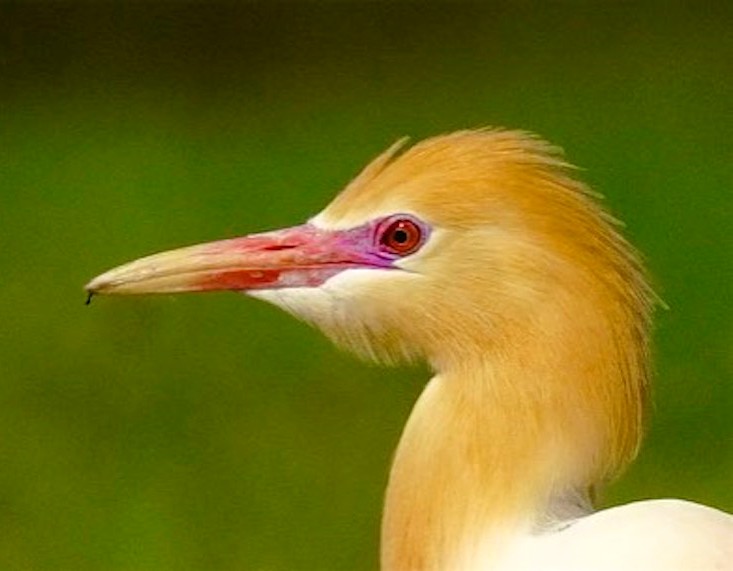
Cattle Egret
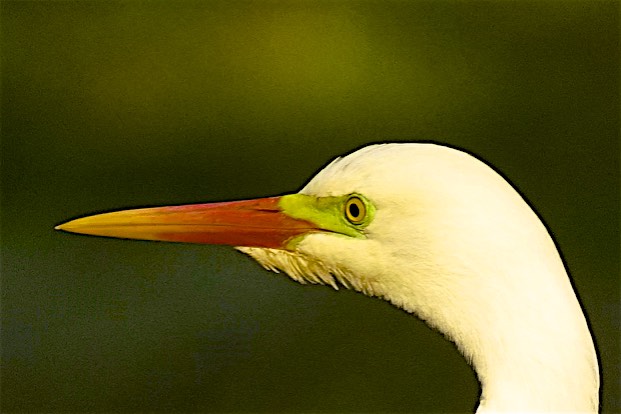
Intermediate Egret

Great Egret
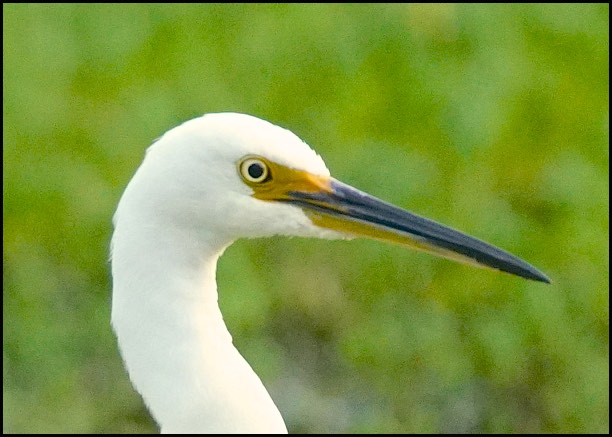
Little Egret
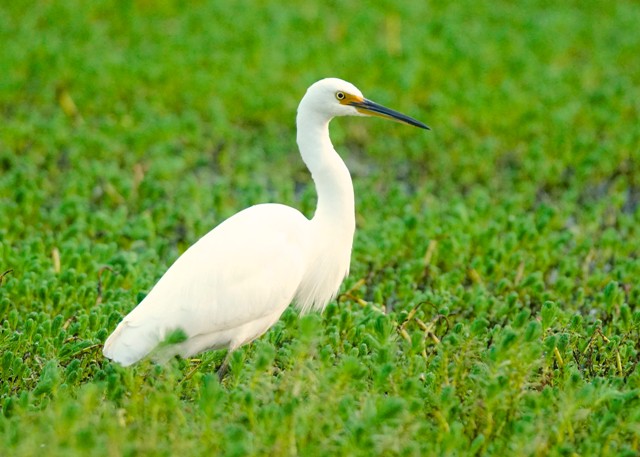
Little Egret standing
All photos copyright of Ed Fraser
